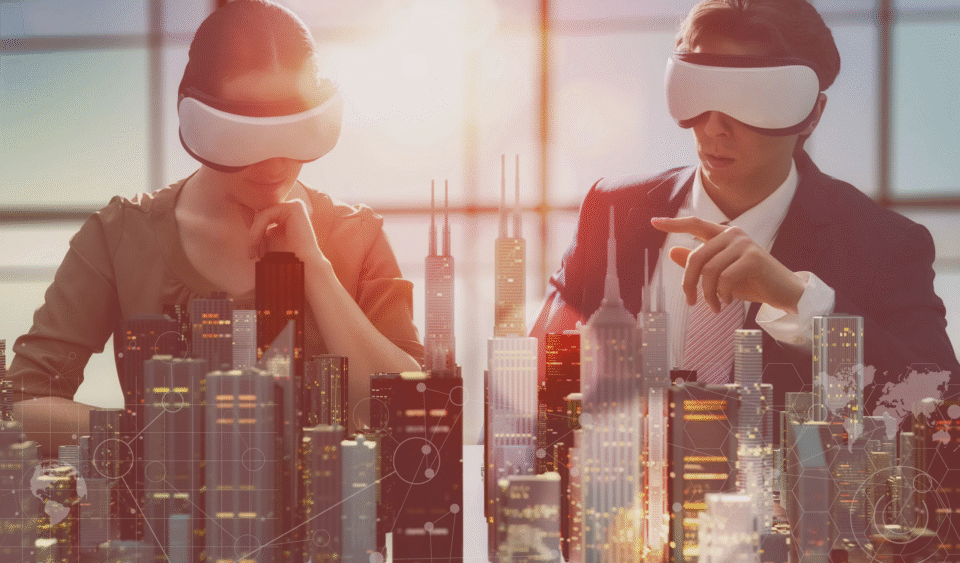In today’s evolving real estate landscape, buildings are no longer enough.
Today, developers of residential towers, malls, business parks, and mixed-use megaprojects compete in more than just height and architectural design. In addition, they differentiate their projects through innovative concepts that make them stand out.
They also focus, more importantly, on delivering unique experiences that attract and retain visitors.
In addition, they actively introduce innovative solutions to attract both investors and visitors alike.
More importantly, they compete in the quality of experience they deliver. Buyers and tenants expect more than just square meters. Instead, they seek connection, personalization, convenience, and digital ease.
This shift marks the end of the traditional developer’s role and the rise of a new archetype: the Experience-First Developer.
Beyond Construction: Designing Human-Centered Journeys
Real estate used to be about building structures. Now it’s about designing journeys. People don’t just move into homes—they move into ecosystems. We must thoughtfully craft these ecosystems around user needs.
Here’s what that requires:
Mapping user personas and use cases: Who lives here? Who works here? What do they need at 7 a.m., 2 p.m., and 10 p.m.?
Orchestrating touchpoints: From smart parking to seamless deliveries, from app-controlled amenities to curated social spaces.
Creating emotional value: Safety, inspiration, pride, convenience, identity—these are now part of the value proposition.
As in hospitality, retail, or tech—UX thinking must guide every decision.
Technology Is Not the Goal. Experience Is.
Smart lighting, digital access, AI security, energy dashboards, community apps—these tools are everywhere. But they’re just that tools.
The winners are not simply those who install the most technology. Instead, they use technology to create experiences that are frictionless, personalized, and emotionally rich. By focusing on these qualities, they stand out in the competitive landscape.
“You are not selling a flat. You are selling a digital lifestyle. A curated reality.”
To achieve this, developers must build cross-functional teams that include architects, UX designers, data analysts, community managers, and proptech specialists. From day one, these professionals collaborate closely to ensure success.
Measuring performance drives improvement.
You can design exceptional experiences only by understanding them, and true understanding starts with accurate real estate data.
That means:
-
Tracking foot traffic and behavioral patterns.
-
Monitoring usage of amenities in real time.
-
Gathering feedback continuously via apps and platforms.
-
Using AI to predict needs before users express them.
-
This loop—design, measure, optimize—transforms a property into a living, evolving platform.
Becoming a “Digital Life Creator”
Let’s face it: developers are now redefining their role. Indeed, the term “real estate” feels almost outdated. In fact, the next generation of leaders will not only build assets. Instead, they will also curate experiences, orchestrate smart environments, and foster meaningful communities.
As a result, they strategically shape their digital presence. Consequently, they consistently strengthen their market influence. Moreover, they establish themselves as influential digital life-makers. Ultimately, this well-planned approach not only boosts their reputation but also contributes to building long-term, sustainable value.
Discover more expert articles and innovative real estate design solutions here.


